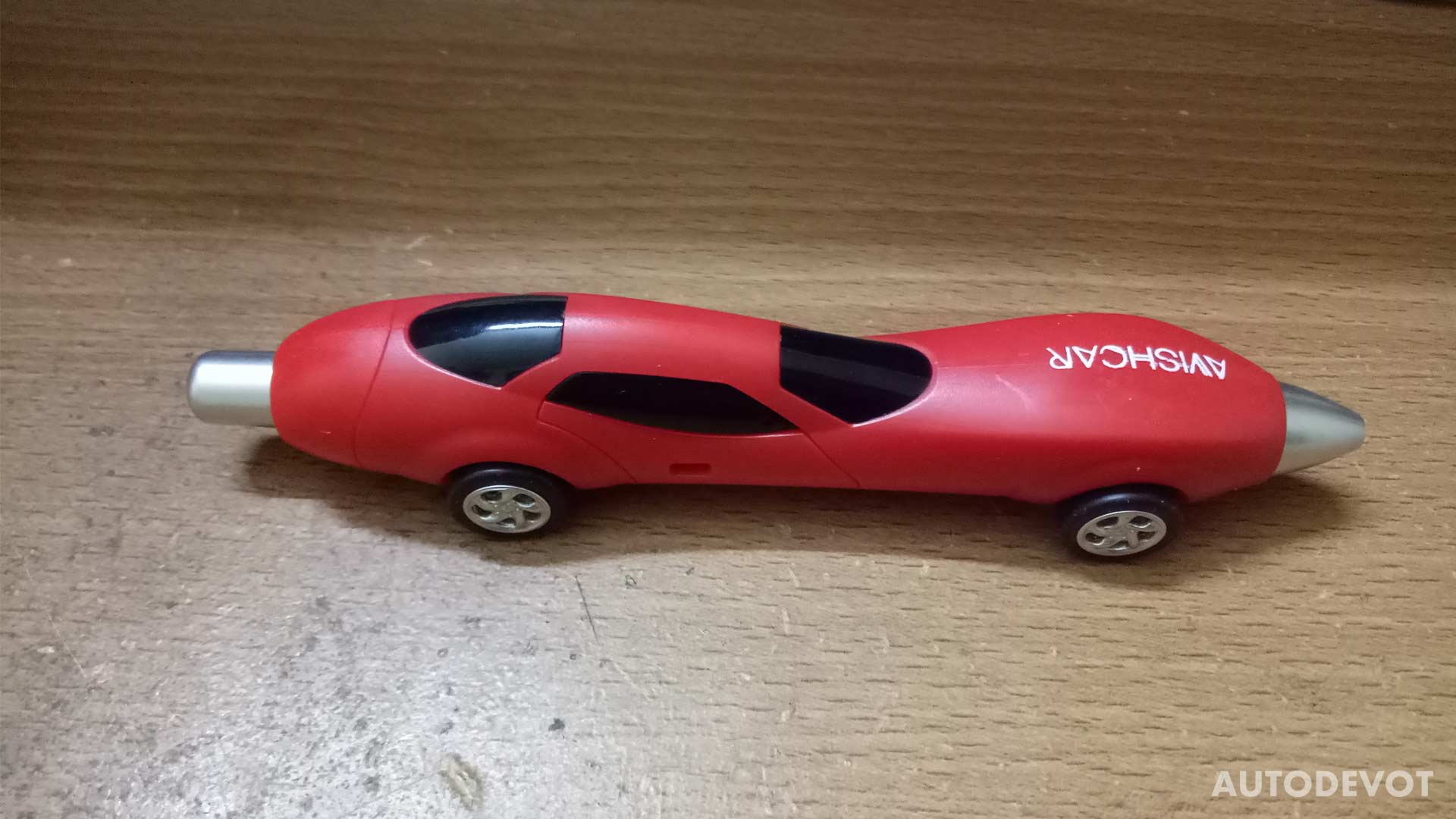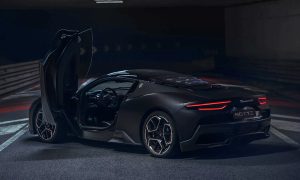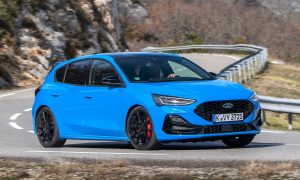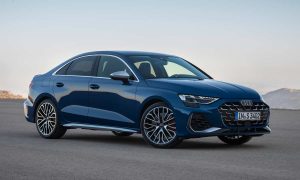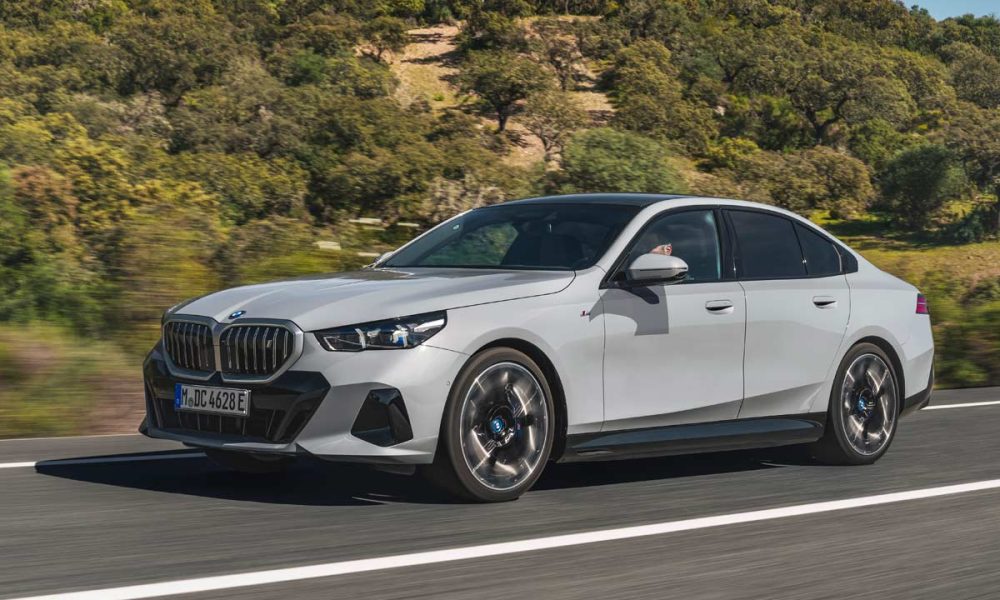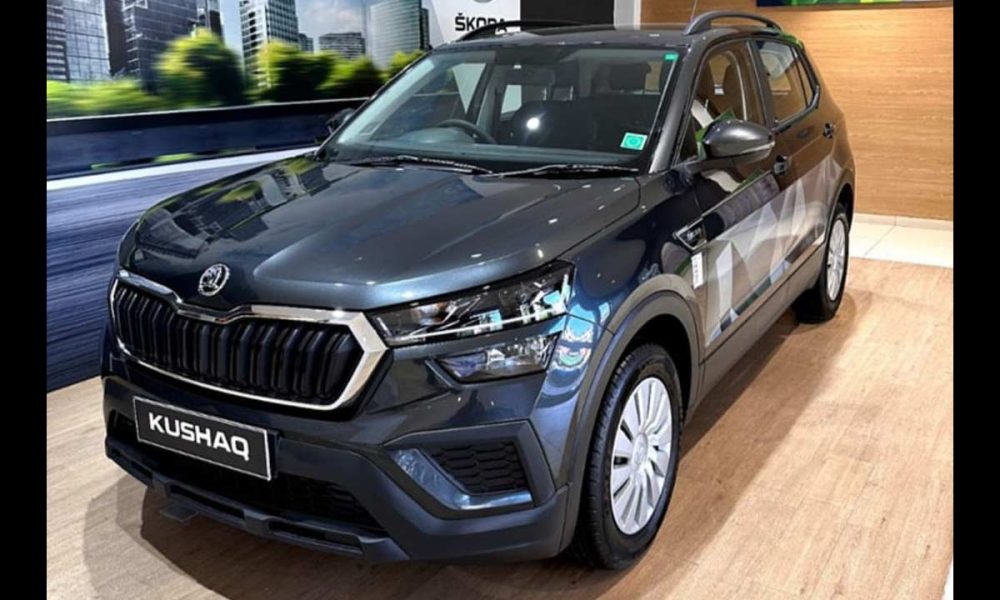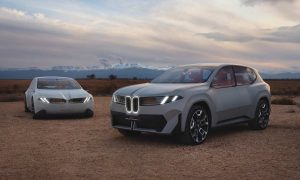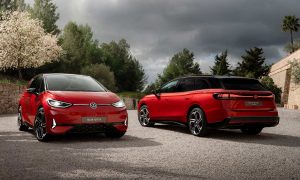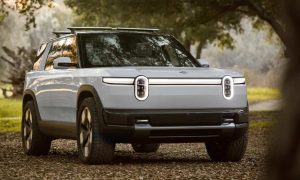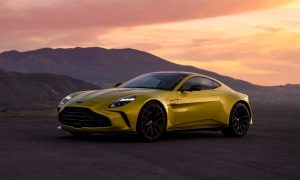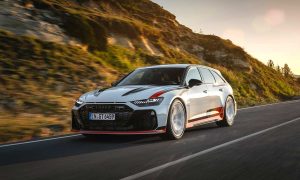Harman’s Connected Car division has a great list of clients. They develop infotainment systems and connectivity solutions for cars if you didn’t know. To showcase all the cool stuff they’ve been working on, the division had organized AvishCAR event – an inter-department showcase.
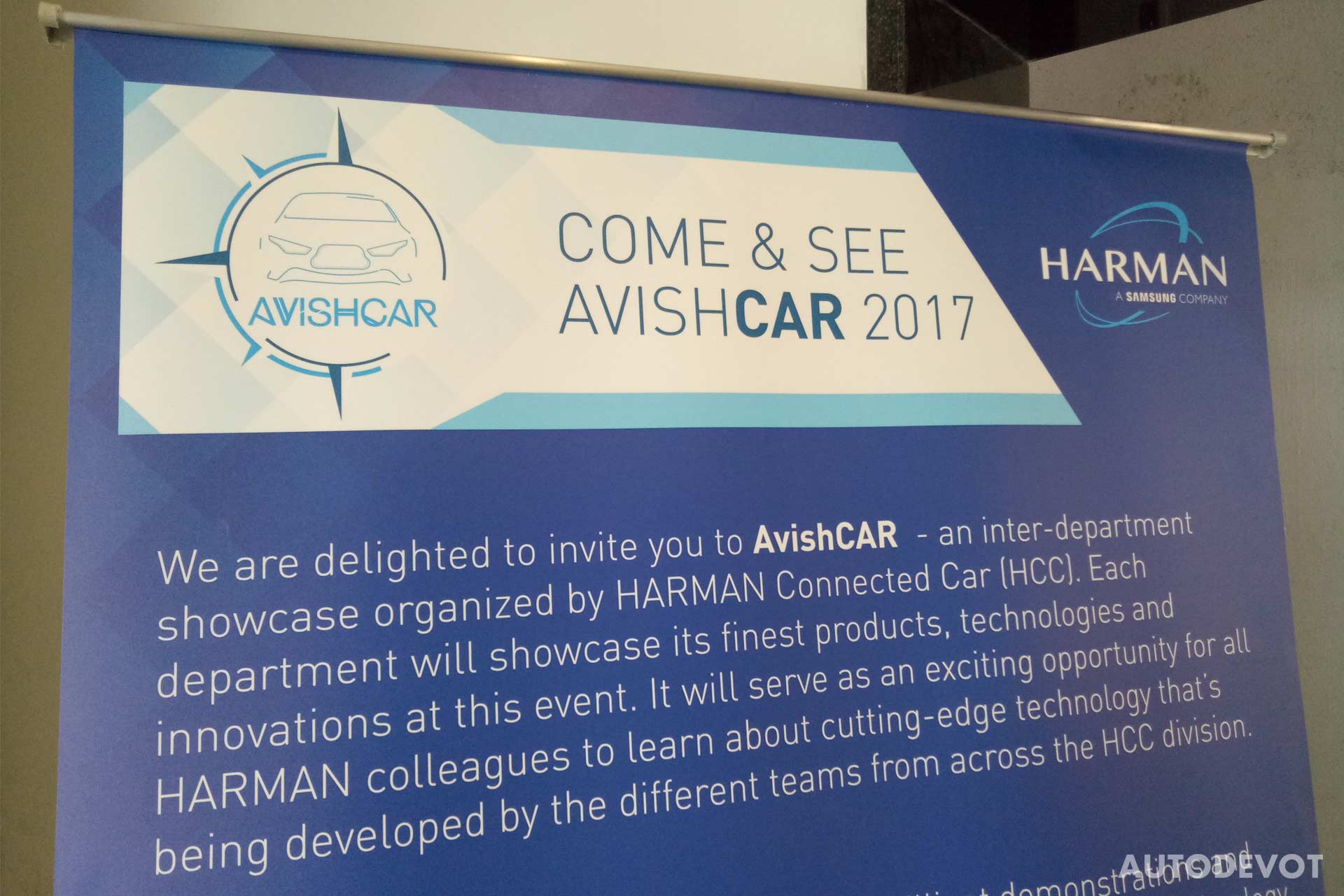
Before I proceed further, do note that no photography and videography were allowed beyond the reception point, and I cannot share too much information either.
One of Harman’s latest Indian clients is Maruti Suzuki (MSIL). What I can tell you is that the new infotainment looks much better compared to the current SmartPlay. It’s still the same size, but has a better layout, resolution, and feels snappy. Before you ask, it comes with Android Auto, Apple CarPlay, Navigation (stored), and reverse camera compatibility. It’s been developed on a Linux-based platform and will be ready by sometime in August 2018. And yes, there’ll be a mobile app to stay connected with the car.
The developers didn’t disclose what products it’ll go on, but we can assume it’ll most likely be the NEXA products.
Other teams included the Tata team showcasing their ConnectNext systems, JLR team with their creations, Yamaha and Honda teams were showcasing the touring motorcycles’ infotainment systems, Ford team showcased the new Sync 3 infotainment that is on the new Ford EcoSport, and there was Toyota team as well. My favorite one was the MAN trucks’ infotainment. It’s not a touch unit, but the resolution, neat layout and the graphics makes it a pleasure to use. It’s operated mainly by a swivel wheel that can also move up and down, but the system feels snappy.
What else, GM is getting a massive unit developed. Subaru team was showcasing a new infotainment, and the Maserati’s new 8.4-inch unit is just beautiful and snappy. Also on showcase was prototypes of full digital instrument clusters and some autonomous systems under development.
Another team has come up with a Scalable Platform completely developed on Android Oreo. The developers said that the package is much lighter at around 800 MB compared to something developed on other platforms like QNX.

Leave a Reply
Note: Comments that are unrelated to the post above get automatically filtered into the trash bin.
